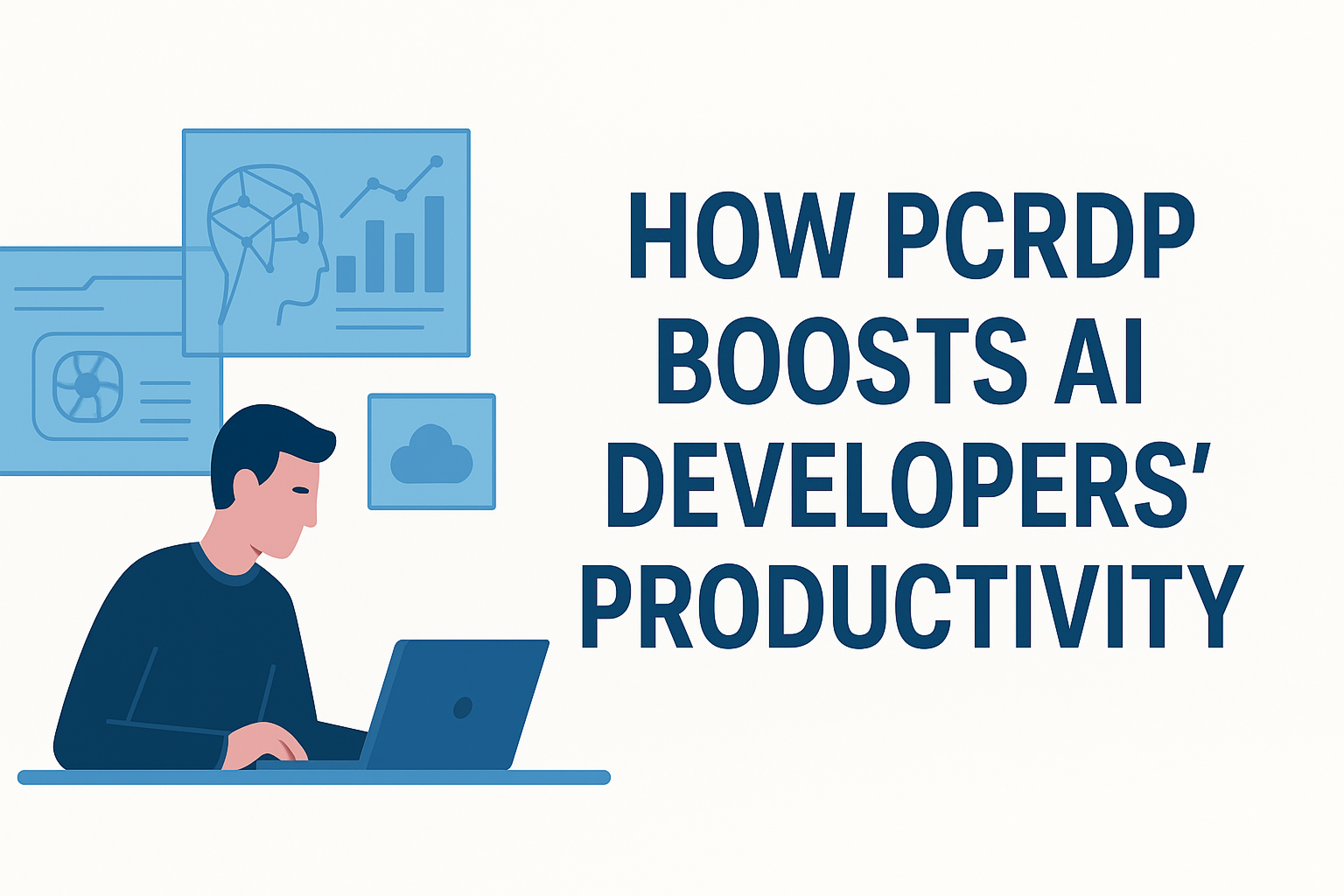

In today’s remote-first world, businesses and developers rely heavily on online servers to host, manage, and access their data and applications. Two terms that often confuse people are Cloud Server and RDP (Remote Desktop Protocol). While both seem similar — offering access to remote computing power — they serve different purposes and are built for different use cases.

In today’s remote-first world, businesses and developers rely heavily on online servers to host, manage, and access their data and applications. Two terms that often confuse people are Cloud Server and RDP (Remote Desktop Protocol). While both seem similar — offering access to remote computing power — they serve different purposes and are built for different use cases.
Let’s break down what each one means, how they differ, and which one is the right choice for your business or personal needs.
A Cloud Server is a virtual server hosted in a cloud environment that provides on-demand access to computing resources like CPU, RAM, and storage. Instead of being tied to one physical machine, a cloud server runs on a distributed infrastructure that ensures high performance and reliability.
When you purchase or rent a cloud server, you’re essentially getting a virtual environment you can configure however you like — install an OS, set up databases, deploy web apps, or host websites.
Common providers include Amazon AWS EC2, Google Cloud, Microsoft Azure, and PCRDP Cloud RDP Solutions.
RDP (Remote Desktop Protocol), developed by Microsoft, allows users to connect to a remote Windows system and control it as if they were sitting in front of it.
When you buy RDP access, you are essentially getting a remote Windows desktop — complete with a graphical user interface, installed apps, and internet access — hosted either on a physical or virtual machine.
At PCRDP, for example, our Cloud RDP Servers provide instant Windows desktops hosted on high-speed cloud infrastructure. You log in using your credentials and get a full Windows experience remotely.
While both sound similar because they provide remote computing, here’s how they actually differ in function and use:
With the rise of hybrid work and cloud computing, many providers (including PCRDP) now offer Cloud-Based RDP Servers — combining the flexibility of a cloud server with the simplicity of remote desktop access.
A Cloud RDP Server runs on powerful cloud infrastructure but gives you instant RDP access. You get the scalability of the cloud and the usability of RDP — ideal for businesses, AI developers, and freelancers.
Popular searches like buy cloud RDP, cheap cloud RDP, and secure cloud RDP connection reflect how businesses are shifting toward this hybrid solution for cost efficiency and flexibility.
If you already have a cloud server and want to access it via RDP, follow these steps:
That’s it! You can now control your cloud-hosted server through RDP securely.
For companies, Cloud RDP Solutions simplify remote IT operations. Instead of setting up physical servers, teams can use cloud RDP hosting to:
PCRDP’s Cloud RDP for Business plans are tailored for startups, digital agencies, and enterprise users — providing reliable remote desktop cloud servers with scalable resources and high security.
A common question users ask is — “Is Cloud RDP more secure than VPS?”
The answer: Yes, typically it is.
Cloud RDP servers benefit from the layered security infrastructure of cloud platforms — including firewalls, DDoS protection, encrypted connections, and isolated environments.
When you host your RDP on a cloud platform, you also get automated backups, secure data centers, and multi-factor authentication, ensuring a safer environment for remote work.
Both Cloud Servers and RDP Servers play vital roles in today’s digital ecosystem. Cloud servers are the backbone of the internet — powering applications and data storage — while RDP servers provide smooth, real-time remote access for everyday users and professionals.
With PCRDP Cloud RDP Hosting, you get the best of both — a fast, secure, and reliable remote desktop cloud server that runs on high-performance cloud infrastructure. Whether you’re running a business, coding remotely, or managing data, PCRDP gives you unmatched flexibility and power.